The Yurok Tribe in California Enters Partnership to Manage Ancestral Land ‘O Rew
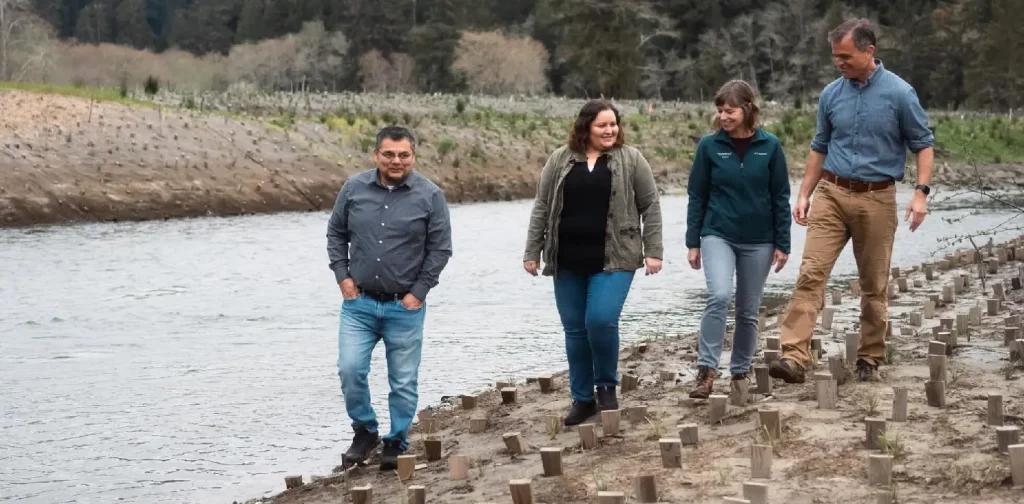
Joseph L. James, chairman of the Yurok Tribe; Rosie Clayburn, tribal heritage preservation officer of the Yurok Tribe; Jessica Carter, director of parks and public engagement of Save the Redwoods League; and Sam Hodder, president and CEO of Save the Redwoods League, walk among native plants planted as part of a revegetation effort at ‘O Rew. | Photo: Evan-Marie Petit on Save the Redwoods League
Redwoods, the largest and tallest trees in the world, are officially endangered. These evergreen trees can grow over 100 meters, and the oldest redwood is now over 2200 years old. Redwood’s endangered status is primarily a reflection of its historical exploitation and colonialization of its habitats in Native American lands. In California, the restoration of ‘O Rew is on track to hand the ancestral land back to its original steward, the Yurok Tribe.
History of ‘O Rew
Spanning 125 acres, ‘O Rew is part of the Yurok Tribe’s ancestral territory. It is located on Prairie Creek in Southern California. Colonialization and exploitation of the area’s natural resources since the 1800s resulted in massive destruction of the ecosystem. Lands were paved over, and much of the natural channel and floodplain was buried.
In 2013, the nonprofit organization Save the Redwoods League purchased the property. The League worked together with Yurok Tribe restoration crews to build a new meandering stream channel, two connected ponds, and about 20 acres of floodplain habitat. They also reintroduced over 50,000 native plants to the region. After ten years of this effort, land and water wildlife species are starting to repopulate ‘O Rew.
The Yurok Tribe Takeover
In March 2024, the Yurok Tribe, Save the Redwoods League, National Park Service, and California State Parks signed an MoU (Memorandum of Understanding) for a long-term co-management of ‘O Rew as a southern gateway to Redwood National and State Parks. Essentially, the League will transfer the custody of ‘O Rew to the Yurok Tribe in 2026 after the ongoing restoration project is completed.
The restoration project includes creating new trails that connect to other existing trails in the parks. The project also links the large-scale watershed restoration upstream with landowner-led efforts downstream, restoring the Redwood Creek Estuary.
Afterward, the ‘O Rew will be handed over to the Yurok Tribe, with the National Park Service and California State Parks supporting its visitation and stewardship. According to the press release, the Yurok Tribe plans to build “a visitor center highlighting the distinct history and living culture of the Tribe and the extraordinary natural, cultural, and recreational resources of the parks”. There will also be a traditional village on ‘O Rew, with plank houses and a sweat house.
Partnership for Ancestral Land Conservation
The ‘O Rew Redwoods Gateway will be the US’s first multi-stakeholder co-management model involving governments, the private sector, and Indigenous Peoples. The chairman of the Yurok Tribe, Joseph L. James, said, “Together, we are creating a new conservation model that recognizes the value of tribal land management.”
“Today’s agreement starts the process of changing the narrative about how, by whom, and for whom we steward natural lands. There’s a lot of important work to be done in the coming years to realize our shared vision,” said President and CEO of Save the Redwoods League, Sam Hodder. “But the League and our partners are fully committed, and we’re honored to collaborate with the Yurok Tribe, National Park Service, and California State Parks to create a new model of shared environmental and recreational stewardship.”

If you find this content useful, please consider subscribing to Green Network Asia.
Your subscription will give you access to our interdisciplinary and cross-sectoral insights on sustainability-related issues and sustainable development across the Asia Pacific and beyond, strengthening your personal and professional development while supporting GNA’s financial capacity to continue publishing content dedicated to public education and multi-stakeholder advocacy.
Select Your Subscription Plan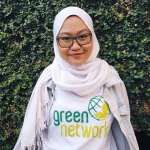
Nazalea Kusuma
Naz is the Manager of International Digital Publications at Green Network Asia. She is an experienced and passionate writer, editor, proofreader, translator, and creative designer with over a decade of portfolio. Her history of living in multiple areas across Southeast Asia and studying Urban and Regional Planning exposed her to diverse peoples and cultures, enriching her perspectives and sharpening her intersectionality mindset in her storytelling and advocacy on sustainability-related issues and sustainable development.


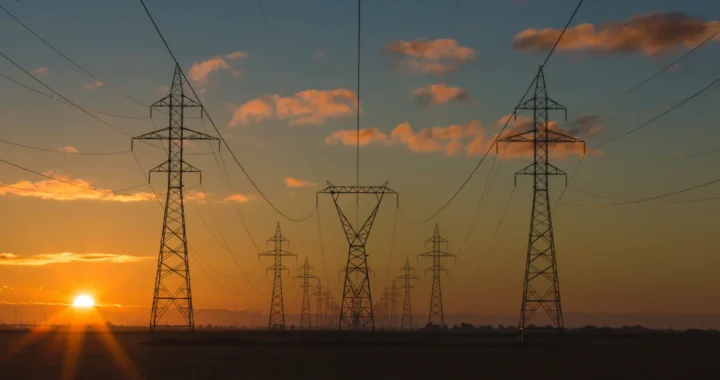 Developing Financing Initiatives for the ASEAN Power Grid
Developing Financing Initiatives for the ASEAN Power Grid 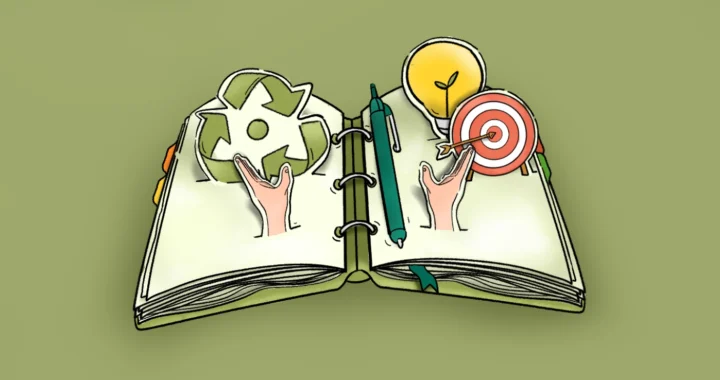 Imparting Actionable Knowledge Through Sustainability Training Activities
Imparting Actionable Knowledge Through Sustainability Training Activities 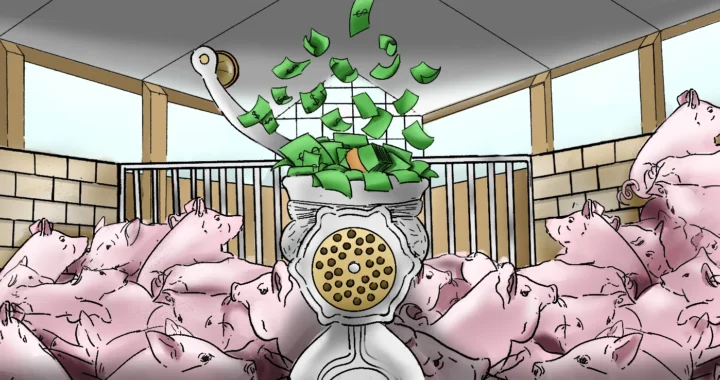 Stop Funding Factory Farming in Vietnam: Pathway to Financing a Just and Sustainable Food System
Stop Funding Factory Farming in Vietnam: Pathway to Financing a Just and Sustainable Food System 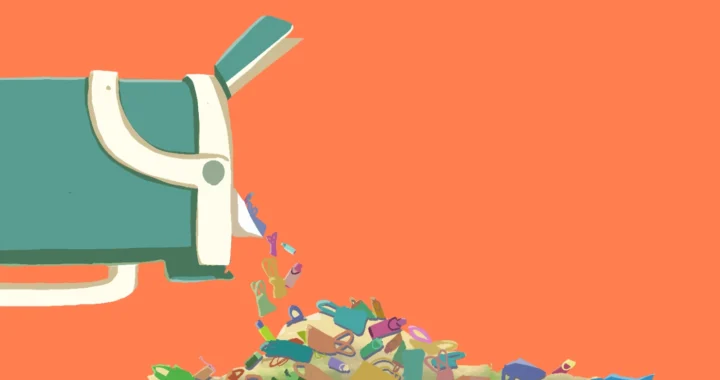 When Green Turns Excessive: The Overproduction and Overconsumption of Reusables
When Green Turns Excessive: The Overproduction and Overconsumption of Reusables 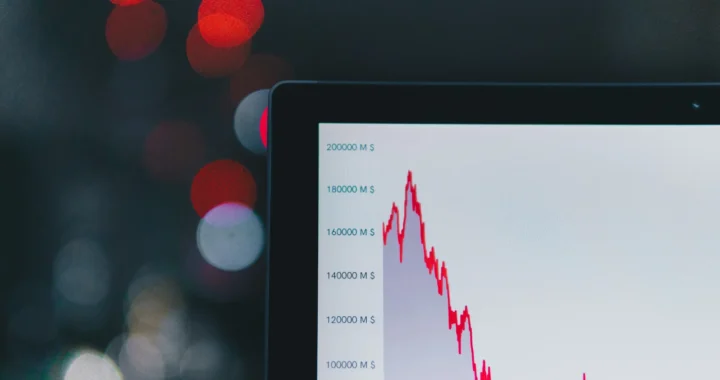 SDG Venture Scaler Aims to Drive Sustainable Investment in Southeast Asia
SDG Venture Scaler Aims to Drive Sustainable Investment in Southeast Asia 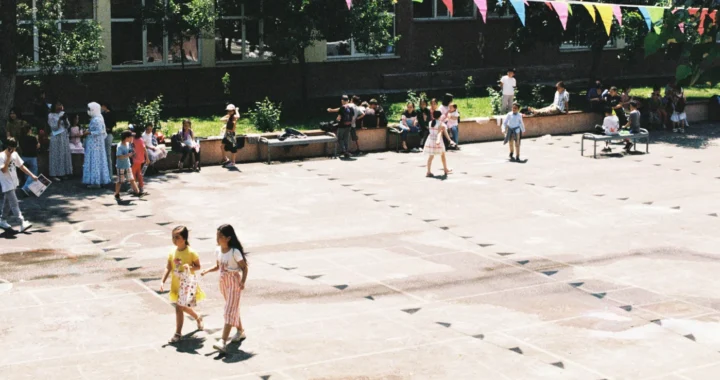 Improving Primary Education in Central Asia
Improving Primary Education in Central Asia